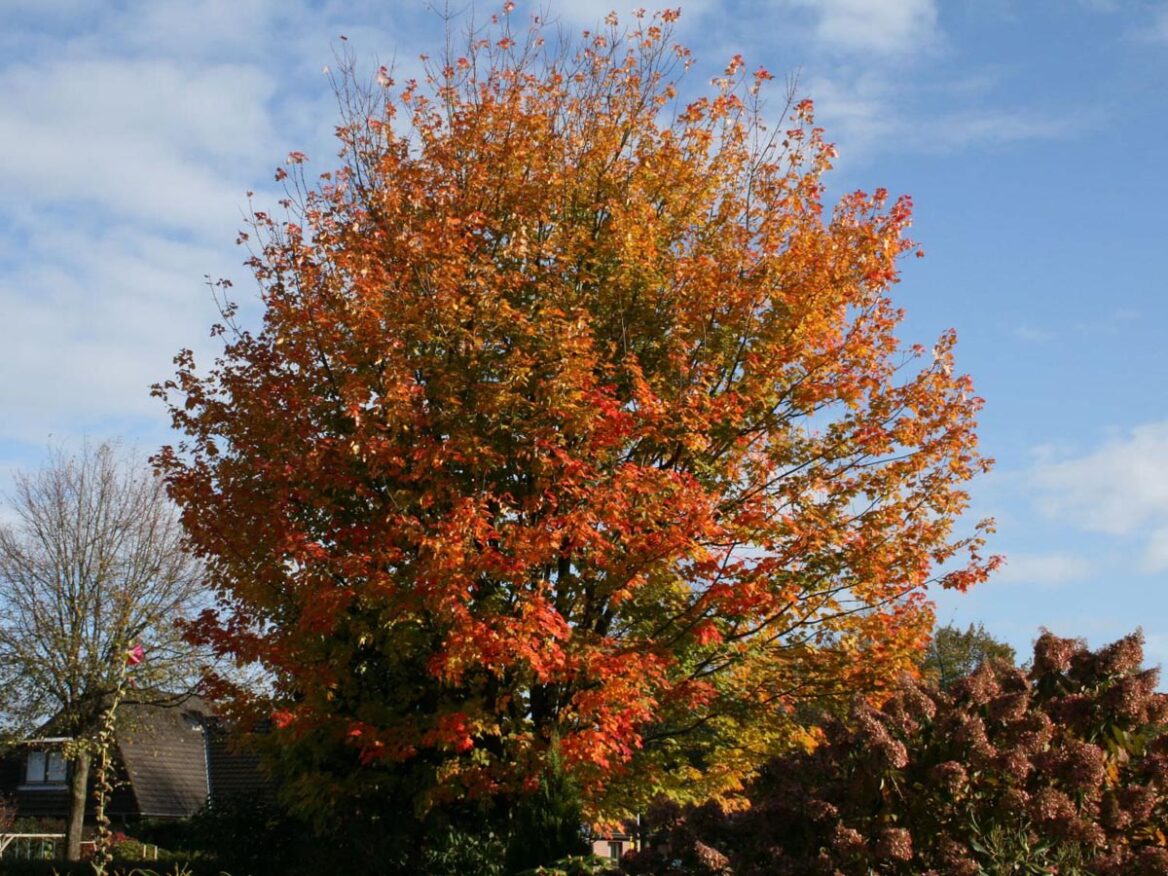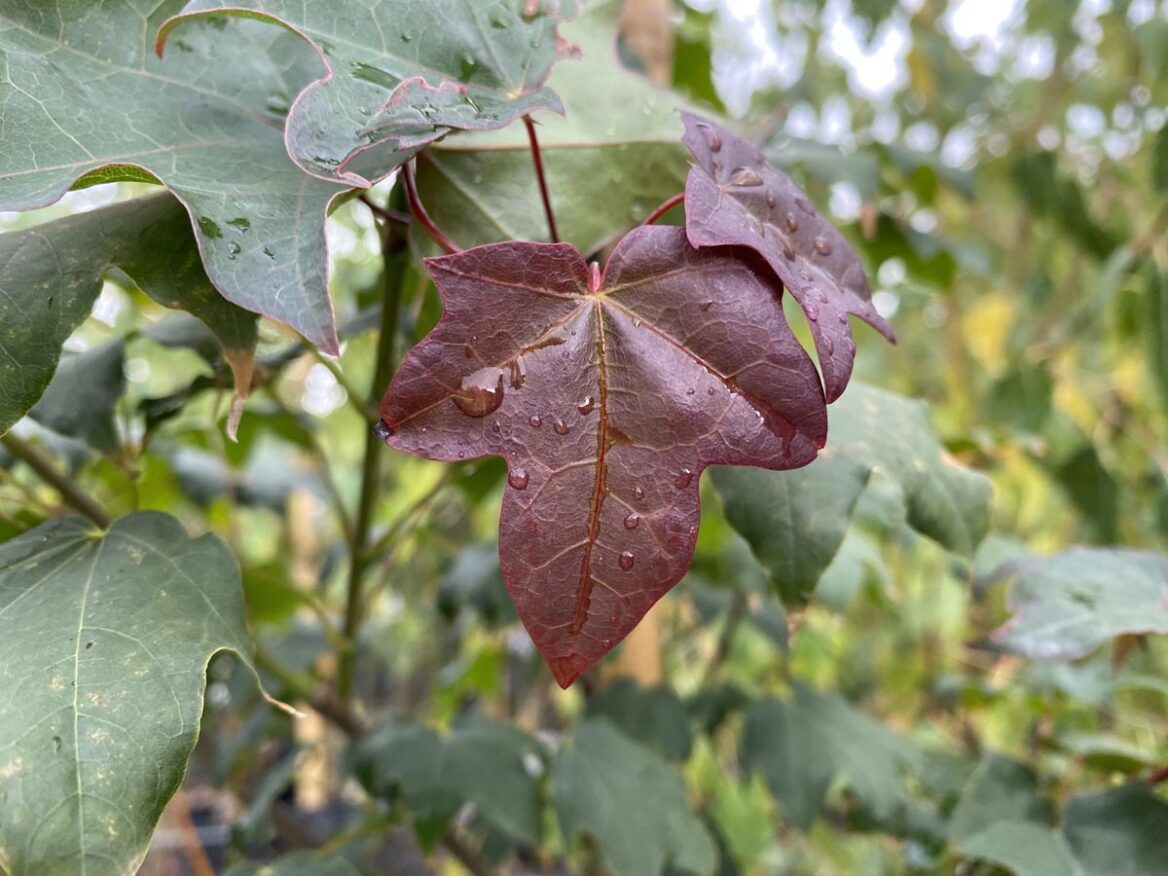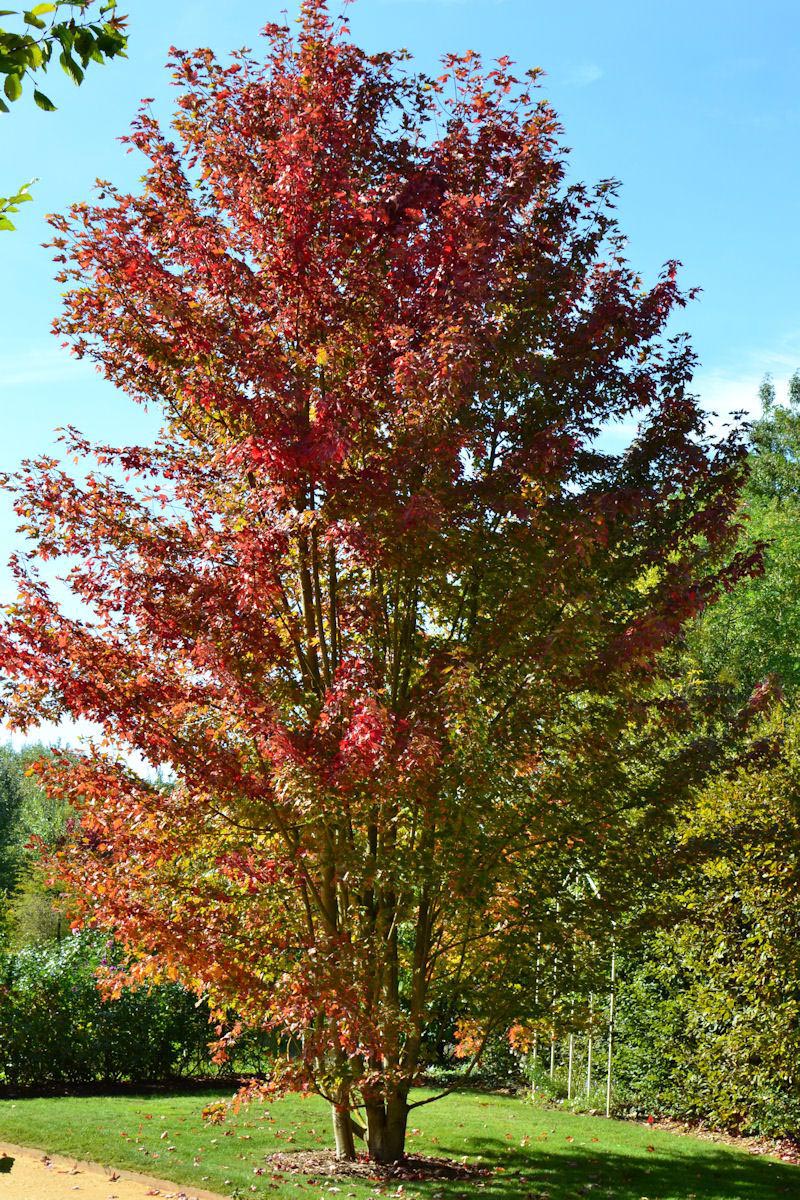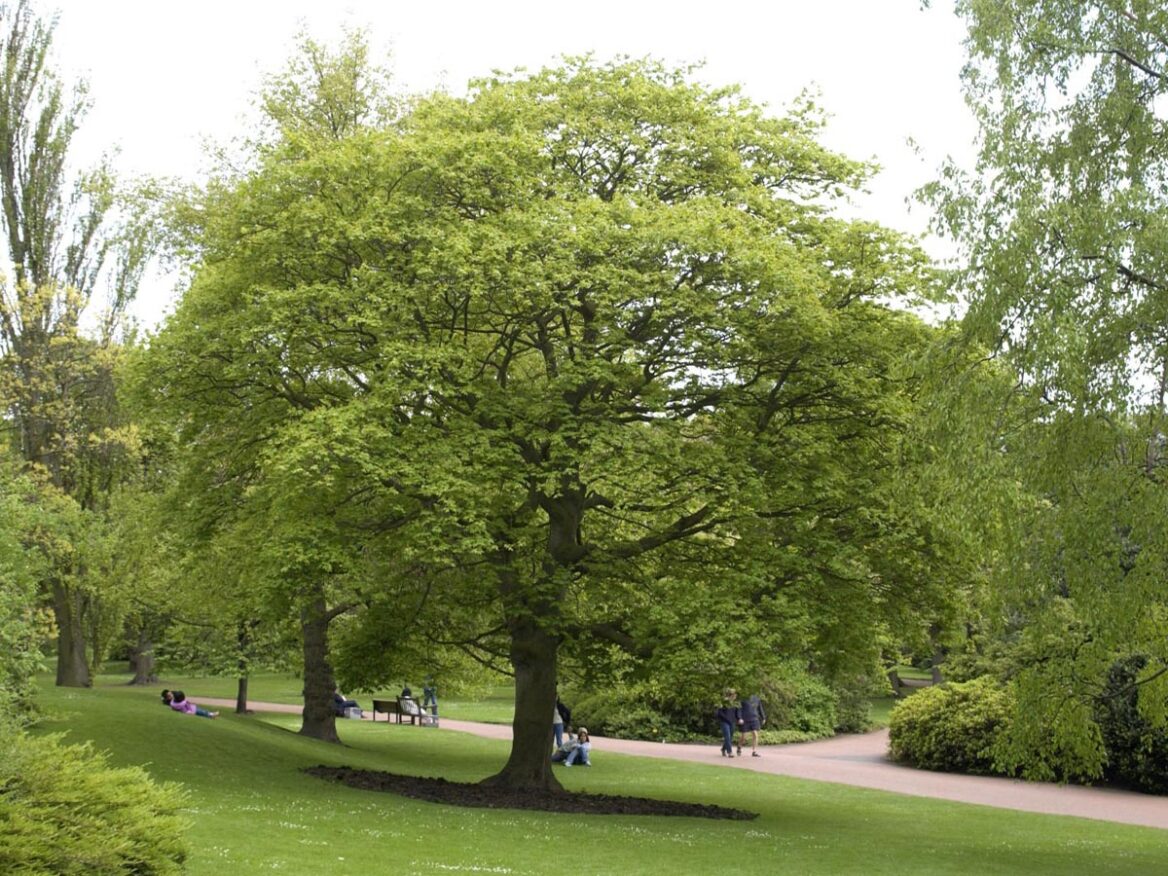Acer cappadocicum ‘Rubrum’
Cappadocian Maple
During spring, Acer cappadocicum ‘Rubrum’ produces new leaves that are a striking blood-red color. Throughout summer, the leaves remain large and green. As autumn arrives, the leaves turn bright-yellow, providing a vibrant contrast. Acer cappadocicum ‘Rubrum’ has a compact, rounded crown and can tolerate periods of drought, but prefers soil that is moist and well-drained. Acer cappadocicum ‘Rubrum’ has a shallow root system. It’s best to avoid exposed, windy areas when planting Acer cappadocicum ‘Rubrum’. Acer cappadocicum is deciduous and native to Asia, from central Turkey (ancient Cappadocia) east along the Caucasus and the Himalayas to southwestern China. Learn more about Acer cappadocicum. Acer cappadocicum ‘Rubrum’ was first distributed in 1842 by Booth Nurseries in Hamburg, Germany.
Other common name(s): Caucasian Maple, Coliseum Maple, Colchican Maple
Synonyms: Acer cappadocicum f. rubrum, Acer cappadocicum 'Horticola'
$107.12 – $208.00
Deciduous
Height: 8.0m
Width:
5.0m
Estimated 10 year height and width
Acer cappadocicum ‘Rubrum’ stock information
Full Stocklist| Grade | Height | Standard | Available | I/P | Qty / Price |
|---|









